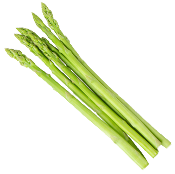THE ORIGINS OF ASPARAGUS
A perennial plant native to the eastern Mediterranean. Archaeologists believe it was grown in Egypt. Its consumption dates back more than 2,000 years, mainly for its medicinal properties. It was the Arabs who maintained its culture while the Middle Ages West forgot it. In the 18th century, Louis XIV put it back in the spotlight.
THE VARIETIES OF ASPARAGUS
Asparagus belongs to the lily family like onion or garlic. The French varieties are all derived from Argenteuil asparagus. There are white, purple and green asparagus.
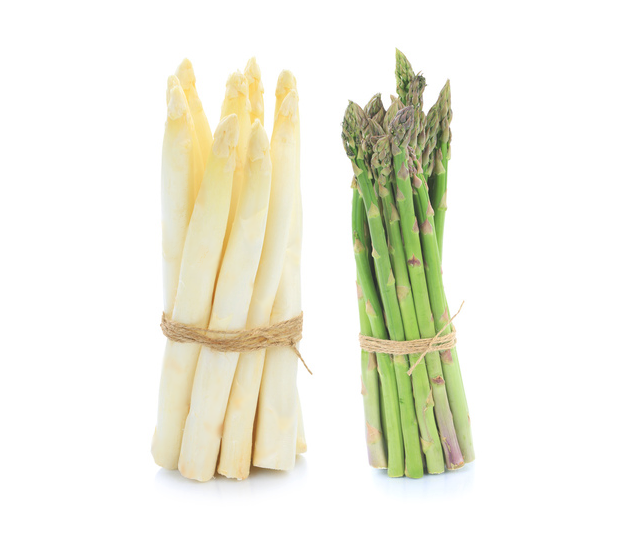
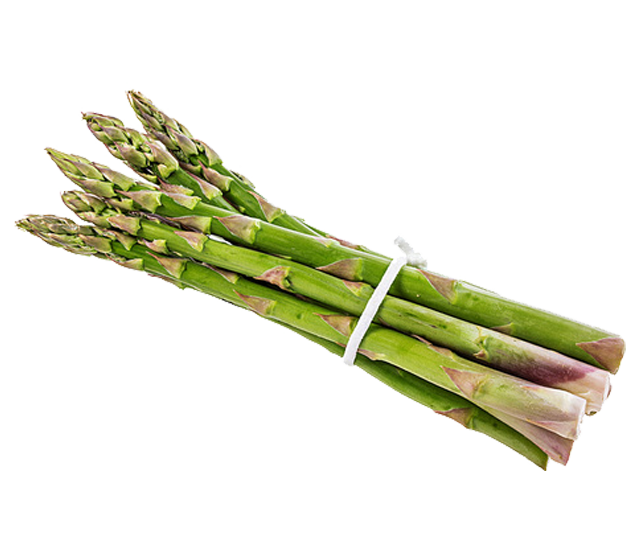
HOW TO CHOOSE ASPARAGUS
We prefer to buy very fresh asparagus with tightly flaked scales and a brittle stem. All asparagus with soft stems should be avoided.
HOW TO STORE AND COOK
ASPARAGUS
Asparagus can be stored for 1 to 2 days in a damp cloth in the vegetable compartment of the refrigerator, taking care not to break the tips. They should not be kept cooked.
Asparagus can be peeled or scraped from tip to heel. Scratched, it is advisable to wash it before… The fibrous part of the foot should be broken along the entire length except for the green ones, which are quite tender.
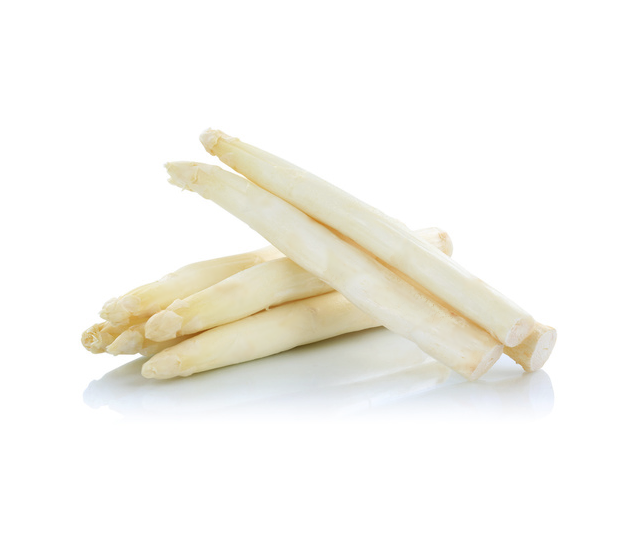
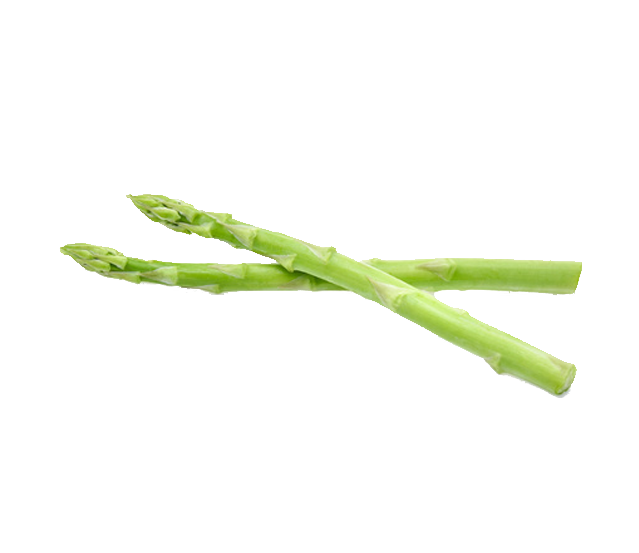
ASPARAGUS’ HEALTH PROPERTIES
It is the vegetable of the elderly, even if it is beneficial for everyone. Indeed, its high mineral
salt content covers the needs of the elderly and does not provide additional calories. The high amount of fibre is indicated to stimulate the disturbed intestinal transit of sedentary people. If teething problems appear, the texture of the asparagus, soft and fine will be a good solution. The nitrogenous substances it contains offer diuretic properties to this vegetable. In addition, a beneficial action on the skeleton through calcium, phosphorus and magnesium supplements is noted.


